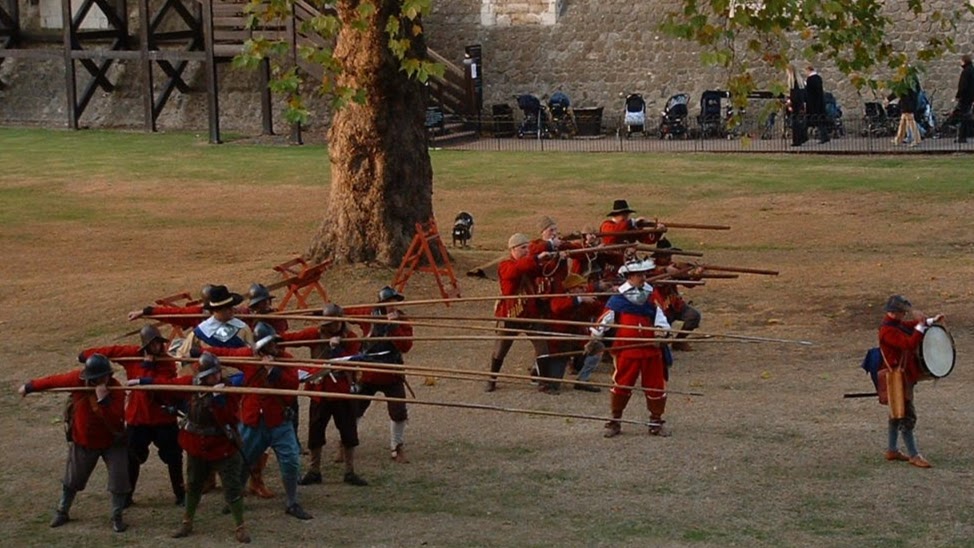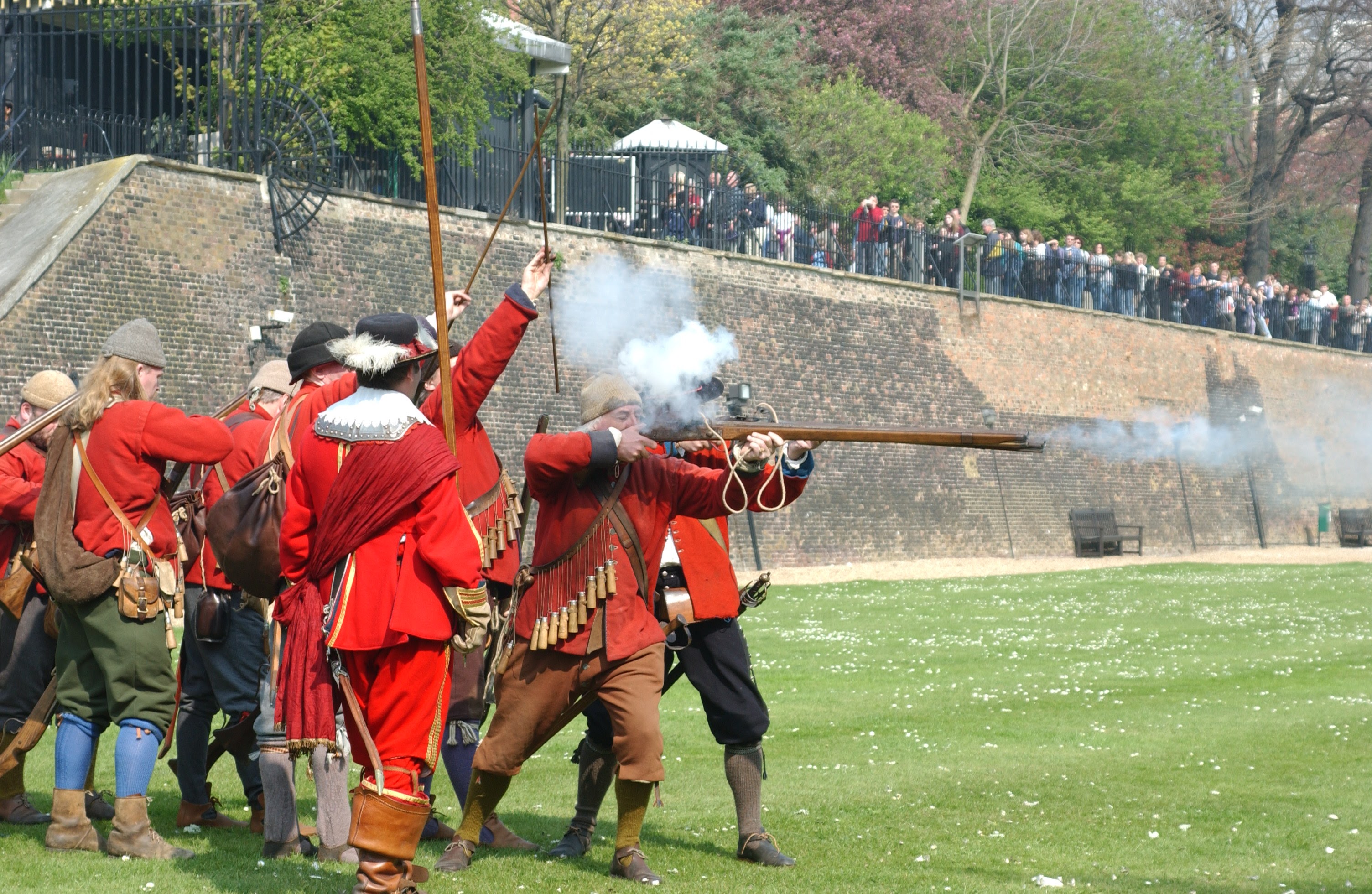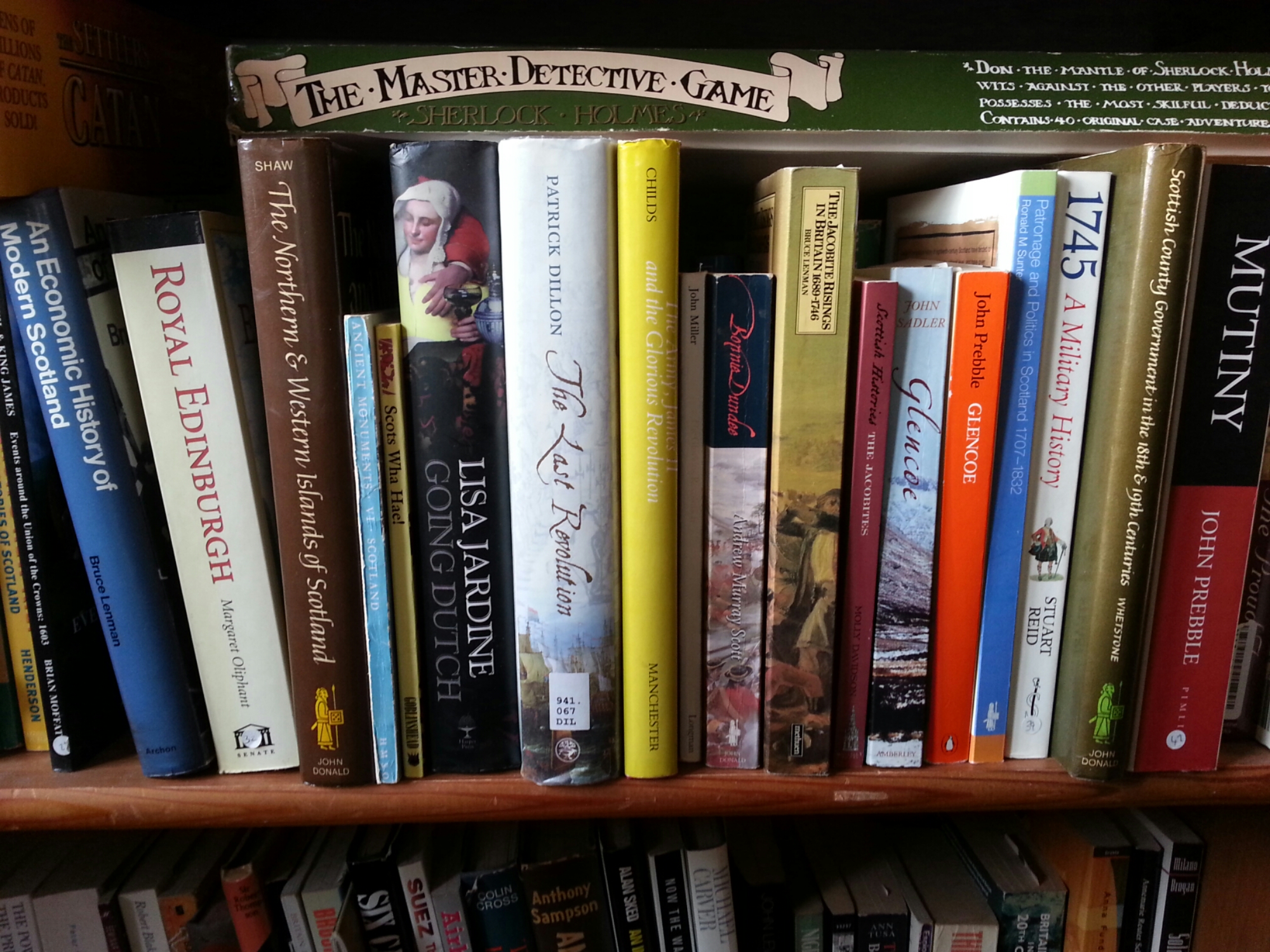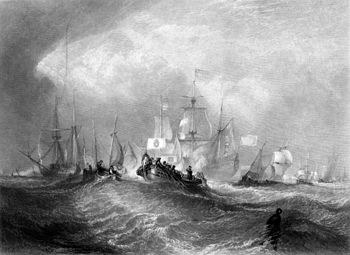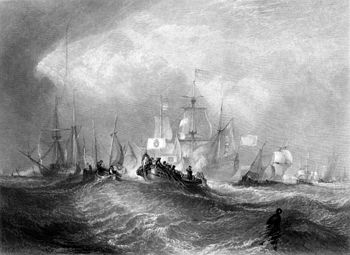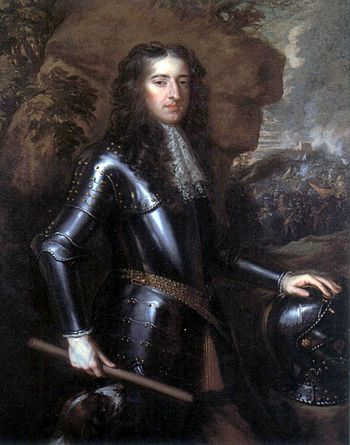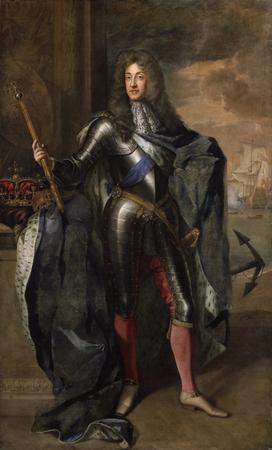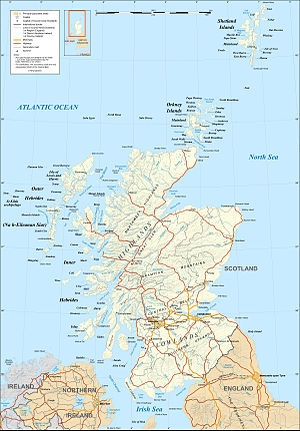Some reports from the Chestnut Lodge Wargames Group (CLWG) games weekend.
Siege of Yendor Tryout
Jim put on a session to try out the mechanisms for the upcoming megagame. We spent some time trying to bring down a section of wall, and also seeing whether or not it was possible to directly assault the wall without first undermining or demolishing it.
Jim’s Breeding Idea
This was a design session rather than a game, but we gave it a good go none the less. Jim had come away from the Light of the Trees megagame with an idea that it ought to be possible to do a sub-component of a game about breeding heroes using some real genetics theory. The main aim was that, like in real life, the players managing the breeding programme wouldn’t actually know what the actual genetic make up of their characters were. Over time those players that were keeping an eye on things and using the evidence that they were accumulating would be able to make some educated guesses about the best pairings that would drive their breeding programme in the direction that they wanted to take.
We all started off with a single individual each, although without worrying about whether that individual was male or female (as this was thought to over-complicate things). The idea was to work with a bloodline rather than a series of individuals, although each generation would be split into separate individuals representing the main lines. This was felt to be necessary to allow the breeders an opportunity to selectively breed those with the correct traits with individuals from the other bloodlines.
The fact that we rapidly bogged down was fairly predictable as we tried to track several individuals. There was a fair amount of mechanical detail involved in generating the offspring as well as the players not having enough information to make good decisions about which individuals to breed with which others. There would have been a better handle on it if we’d played out a bit more of the game before moving into a general discussion of the issues, approach and suggestions of how it could all be achieved.
As a design session it was very thought provoking, and I carried on thinking about it for almost a whole week, on and off. Jim’s conclusion from the session was that it probably wasn’t practically possible to achieve what he set out to do. At the time I would have agreed with him, but a few days of thought have changed my mind on that.
I come to this with more than a smattering of background, I studied “Genes, Organisms & Evolution” as an undergraduate, the course forming a major part of my degree. That said I’ve forgotten most of the detail in the intervening 15 years since I graduated. However the text books are still on a bookshelf nearby.
I think that the general premise that Jim was trying to attain is a sound one and that with some streamlining and appropriate background that it can be achieved. The key is to stick with Jim’s bloodline idea and not get drawn into dealing with individuals, except where heroes or other primary characters are required, and these Heroes should have nothing to do with the breeding stock, although their characters will be determined by it.
The key assumption I am working on is that that this is a sub-component of a game that plays over generations rather than a game in itself. As part of the background the designer of the main game needs to make some decisions about how many characteristics need to be tracked, whether these have any inter-relationship or are independent and also how often he wants particular characteristic levels/attributes to feature.
For example let us assume that a game designer wants to track both personal bravery and intelligence in the hero bloodlines. He might decide that these will not be related to each other. For bravery he might decide that there are four possible states, Heroic (no morale required), Brave (positive modifier to morale), Normal (no modifiers) and Cowardly (negative modifiers). Of these outcomes he might want Heroic to be quite rare, Brave to be common but not a majority, Normal to be the majority position and Cowardly to be less common than Brave, but more likely than Heroic.
Taking the assumption that bravery is a hereditary characteristic how does this translate into genetics?
Well you could specify three variants of a bravery gene (alleles are they are known), H, O & C. HH would be the Heroic types, HO the brave, OO and OC the normal and CC & CH the cowards. In these cases the H allele is recessive (so only those with two copies are heroic). The C allele is also recessive, but dominates the H allele. The O allele is dominant over C but not over H.
This takes you into a method of at least allocating a characteristic based on genetics, but it doesn’t address either simplicity of recording it nor of proportions. Not all genes are evenly distributed in the population. Those that confer survival advantages propagate more widely and those that lead to disadvantages rapidly leave the gene pool.
In this case you would expect O & C to be widely distributed, possibly equally. H is likely to be less frequent as though it confers an advantage when hunting it becomes much less advantageous once farming is available, and in fact becomes a positive disadvantage over time. If 10% of the population carried the H gene then 1% (i.e. the proportion with two copies of it) would be heroic. If the O allele was 50% of the population and the C allele the remaining 40% then you would have a distribution as follows:
|
H (10%)
|
O (50%)
|
C (40%)
|
|
H (10%)
|
1 (Heroic)
|
5 (Brave)
|
4 (Cowardly)
|
|
O (50%)
|
5 (Brave)
|
25 (Normal)
|
20 (Normal)
|
|
C (40%)
|
4 (Cowardly)
|
20 (Normal)
|
16 (Cowardly)
|
|
Heroic
|
Brave
|
Normal
|
Cowardly
|
|
1
|
10
|
65
|
24
|
Let us also assume that there was a decision to track intelligence as a numeric score also with three alleles generating a score when summed. The alleles being 0, 1, 2. These would be distributed as 10%, 80%, 10% in the general population.
Tracking Bloodlines
The method I thought you would use to track each bloodline is a table with each of the attributes to be tracked down the side and the alleles to be tracked along the top. Each allele would have a score between 0 and 10 to show its relative proportion in the population of the bloodline. An example of this is shown
below.
|
Bravery
|
H (r)
|
O
|
C (r)
|
|
Bravery alleles
|
1
|
5
|
4
|
|
Intelligence
|
L (0)
|
M (1)
|
H (2)
|
|
Intelligence alleles
|
1
|
8
|
1
|
In each generation the player running the breeding would be given some feedback of their bloodline’s characteristics. In this case they would be told that they were of average intelligence and not especially brave. The breeder player would then make a decision about trying to improve the bloodline either from the general population, another player’s bloodline (with the specific approval of that player) or from within his own bloodline.
The general population bloodline should be determined before the start of the game and remain constant for the duration of the game. Player controlled bloodlines are very likely to change over the course of generations as the genealogists recommend good matches for strengthening the bloodline based on observed characteristics of other bloodlines.
Breeding from the General Population
There is a general assumption that there are other bloodlines that the genealogists are aware of but which are not part of the played groups. These probably represent the minor nobility or some other class that the main bloodline knows but are lower than those represented by player teams. When breeding from these it is assumed that the characteristic which is sought to be improved is always manifested in the individuals that are to be added to the bloodline for breeding purposes.
Using the general bloodline track (see example above) the umpire checks whether the person has one or two copies of the appropriate gene. In the case of characteristics which are recessive then there are always two copies of the gene. (e.g. If you were trying to breed heroes into your bloodline then you would start off with two copies of the H allele to breed in).
For each of the genes recorded (i.e. Bravery and Intelligence in these examples) you would determine which alleles were to be incorporated into the new bloodline. Roll 1d10 for the copy to be imported (except where we have previously determined that recessive characteristics give an exact gene). We’re already getting an H from the hero, we need to roll 1d10 to see which intelligence allele will be passed on. This is most likely to be an M result.
These alleles will then displace one of those in the general bloodline. If a 2 is rolled for the Bravery gene then the new H allele displaces an O allele. Another 2 for Intelligence has the new M allele displace another M allele, so no real change. The new bloodline track looks like the example below.
|
Bravery
|
H (r)
|
O
|
C (r)
|
|
Bravery alleles
|
2
|
4
|
4
|
|
Intelligence
|
L (0)
|
M (1)
|
H (2)
|
|
Intelligence alleles
|
1
|
8
|
1
|
The feedback to the player would be that the family was of average intelligence and above average bravery, although with a larger number of cowards than one would expect. (There are now 4% heroic, 16% brave, 32% Cowardly). This might prompt an attempt to breed out the cowards, harder than might appear as the C allele is largely recessive.
What this system needs is a proper game to sit within. Ideally one of dynastic succession and involving at least a bit of individual character impact on the outcomes. Sadly that isn’t something on my current project list.
Religion in ‘Hapsburg Ascendant’
Brian started off a discussion of the role of religion in games set in the 17th century, particularly his upcoming megagame. His wish was to get some roleplaying of the religious motivations that were what made the 30 years war happen and to get the players to warp their rational decision making process (if you can describe wargamers as rational) to fit the religious mindset prevalent at the time.
We had a fascinating discussion, aided by Arthur having a stack of relevant textbooks to hand in his classroom. We talked around the issues of not giving perverse incentives and not making it too easy for players to work out how they got advantages from religious behaviour.
The conclusions that we came to were that each of the major sects needed to have its own set of rules, that there ought to be a league table so that there was a visual incentive to act correctly (this being a lesson from the Sengoku megagames) and that once a defined level of behaviour had been reached that there ought to be a direct umpire driven reward for the correct behaviour. The reward needed to be strong enough to show that it was ‘God’s work’ but also not so strong that it caused problems. Also we felt that because ‘god works in mysterious ways’ that the players should not get to determine what might happen if they had their god’s favour.
Orange or Lemon? – Onside Report
This game was intended to show the political goings on in the attempt to get a revolution settlement in Scotland following on from the English parliament’s declaration of Prince William of Orange as their King in February 1689 (new style).
The game we played was a highly entertaining roleplay of some of the issues and certainly gave a good flavour and reached, more or less, the historical outcome. I certainly enjoyed it immensely, and I think the players did too.
I designed the game with almost a board game like level of mechanism for winning the support of the non-played members of the Convention (which is essentially an unofficial Parliament as it had been called by Prince William of Orange and not King James).
Almost none of those mechanisms were tested in the game we played, but it worked as a game anyway – almost a proof of the old saying that you could stick a bunch of CLWG members in a room with some game money and an a game would break out. Instead of money I gave them a map of the Edinburgh High Street and an idea. I’ll leave it to the players to tell you how the game actually went.
In terms of future development I will refine the player briefs (I was still working on these when I started the session and a couple are not yet fully complete). This will improve player understanding of the period and importantly make their personal objectives a bit more tailored from the generic ones of:
-
Stay alive.
-
Ensure that the clan/family remains in being and in control of its territory.
-
Increase your/the clan wealth (either through plunder or by increasing territory).
-
Increase the influence of Clan Cameron.
-
Have your King accepted as de facto sovereign.
-
Ensure that your enemy is diminished.
For the lowlanders you can replace ‘Clan’ with ‘family/heirs’. These do work, but there need to be a couple more triggers to get some of the characters to get stuck into being active. There is also a need to explain the general apathy of the population in their support for the King who has antagonised most of them in the last decade, even before he became the King.
Blitz Firefighting
An end to the weekend with an extended bout of firefighting during the London blitz. This game actually started at the same time as my session and I joined in when we’d finished playing Orange or Lemon? I ended up as one of the LFB professionals sent along to bolster the firefighting force.
Like this:
Like Loading...
 Destructive and Formidable by David Blackmore is a quantitative look at British infantry doctrine using period sources from the British Civil Wars of the seventeenth century up to just before the Napoleonic wars. If anything you can see the constancy, which drove the success in battle of British forces, even when outnumbered.
Destructive and Formidable by David Blackmore is a quantitative look at British infantry doctrine using period sources from the British Civil Wars of the seventeenth century up to just before the Napoleonic wars. If anything you can see the constancy, which drove the success in battle of British forces, even when outnumbered.